Great Ways To Treat Serious Burns At Home Quickly
Although serious burns may require emergency treatment by a doctor, many second-degree burns can be treated at home. A second-degree burn is an injury to the skin caused by heat, electricity, radiation, friction or chemicals. The following methods can be used right away to reduce skin damage and prevent future scarring. Immediately, burns should be rinsed with cool water, gently cleaned without breaking any blisters, and bandaged. Here are some other tips for treating burn wounds at home.
White Vinegar

White vinegar contains a compound of aspirin known as acetic acid that may help relieve the itching, pain, and inflammation associated with burns. Acetic acid is also an astringent and antiseptic; therefore, it can help protect against infection. Vinegar helps healing pain naturally by drawing heat away from the burn. Soak a washcloth or cotton balls in diluted vinegar and apply gently to the affected area. If the burn is on an area of the body where it can be submerged in vinegar completely, such as on the finger, do so for approximately ten minutes.
Raw Honey
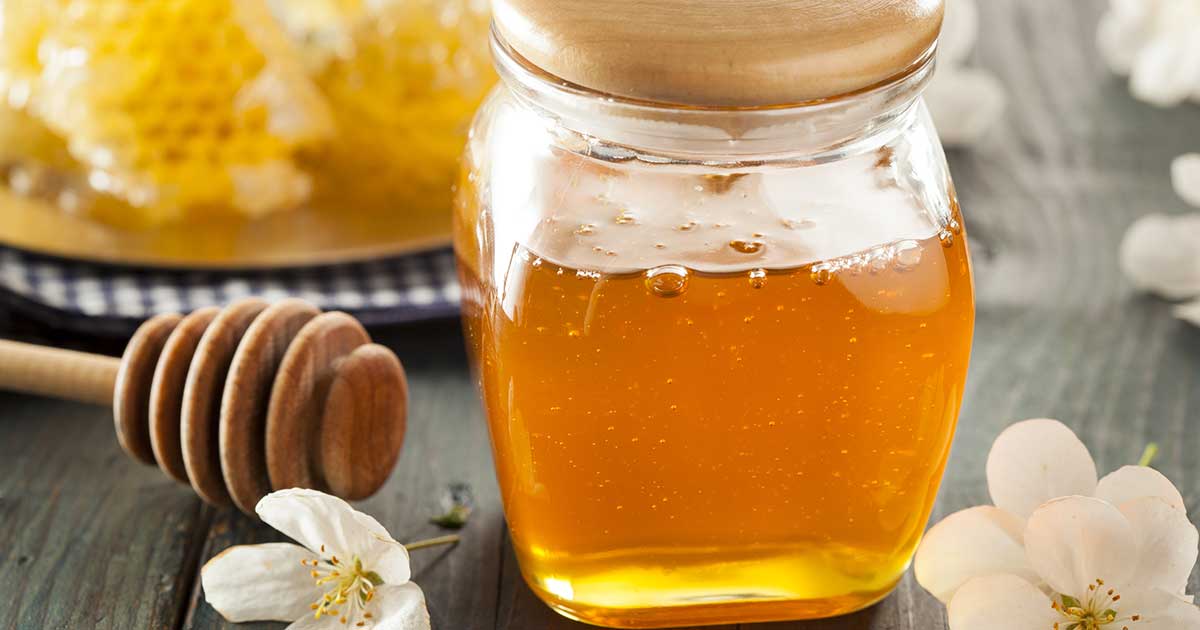
Raw honey is a natural antibiotic that has been used for thousands of years to treat all sorts of ailments. Applying raw honey to the burn may help treat it if it has become infected. It has anti-bacterial properties to help keep the wound clean by killing germs. Raw honey may cool the burn and keep it hydrated so skin can properly heal. Apply a small amount to the wound and spread with the back of a spoon to avoid spreading germs by touching the wound with your fingers.
Full-Fat Milk

Full-fat milk is high in fat and protein that may help promote healing of the skin. Cold milk may also contribute to soothing the burn. For quick relief from pain and inflammation, try submerging the burn in milk for fifteen minutes or soak a washcloth in milk and apply it directly to the burn. The same technique can be used with full-fat unsweetened yogurt. Blending whole milk or yogurt with berries and applying it to the skin is an excellent way to provide skin with antioxidants needed for healing.
Oats
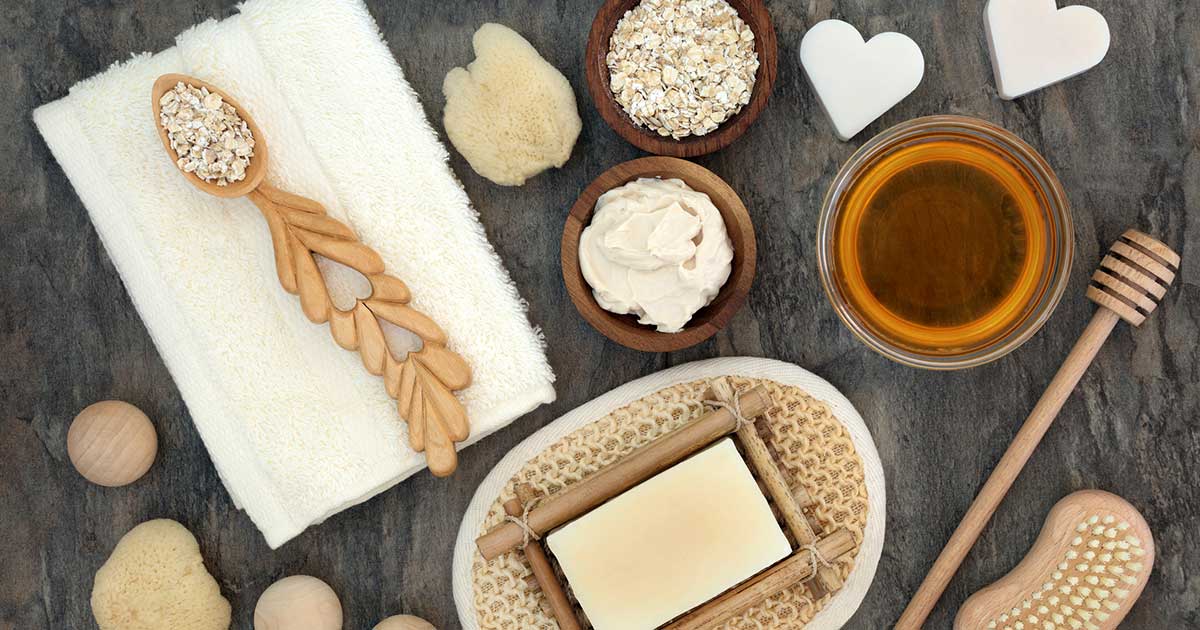
Lavender Oil
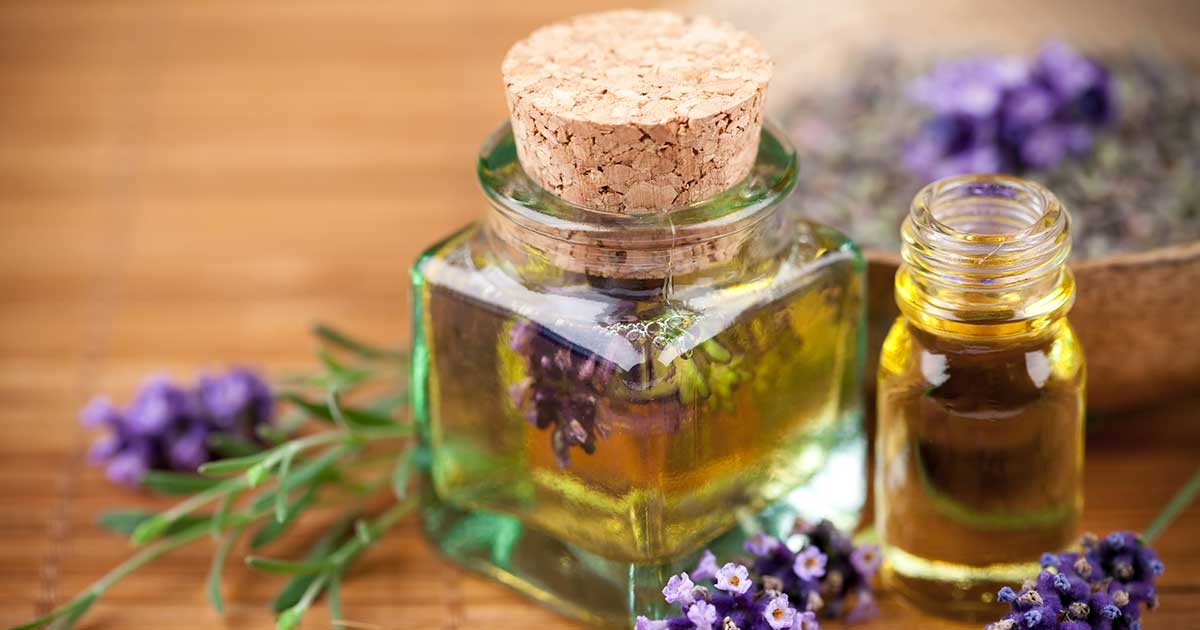
Lavender oil does not only smell great; it also has wonderful wound healing properties. It was discovered in the early 1900’s when a French chemist who accidentally burned his hand plunged it into lavender oil, healing his wound quickly. Mix two ounces of water with one teaspoon of pure lavender essential oil and apply it as a mist to skin throughout the day, as needed. Tea tree oil also has antiseptic and wound healing properties that can be used for burns.
Unrefined, Cold Pressed Coconut Oil
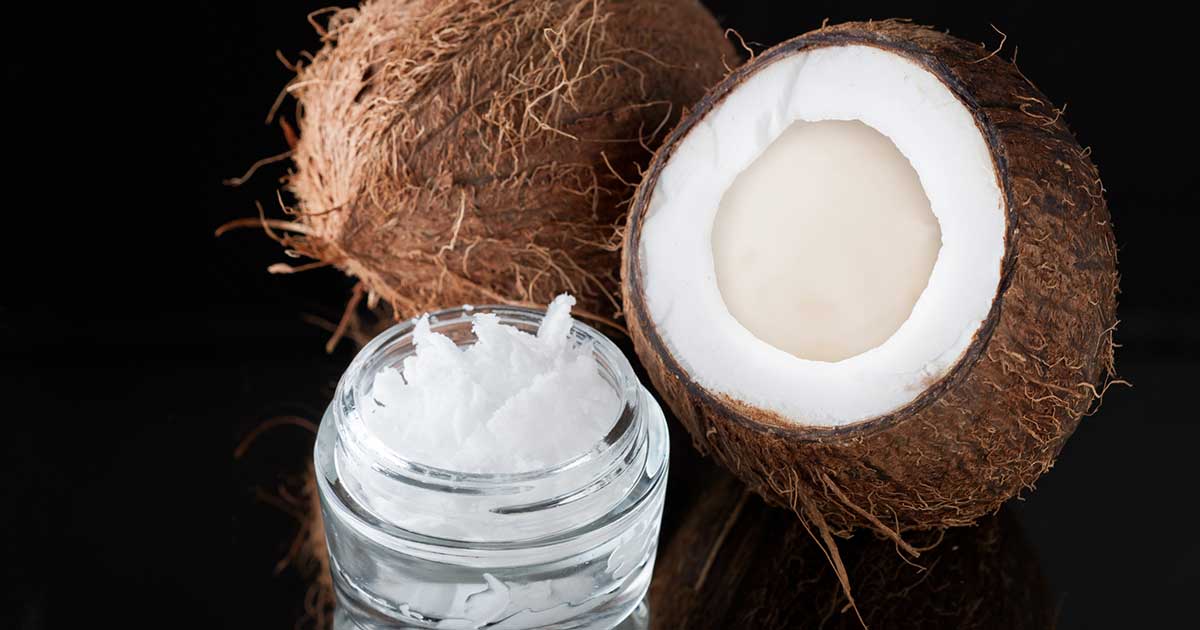
Add coconut oil to the list of ailments that can be utilized in the home. Coconut oil contains essential fatty acids and vitamin E to promote skin healing. It is also antibacterial and anti-fungal to clean the wound and keep it from getting infected. Massage a small amount of unrefined, cold pressed coconut oil into skin several times a day to keep it hydrated. Cold pressed oils have not been heat treated; therefore, their healing nutrients remain intact.
Vitamins C And E
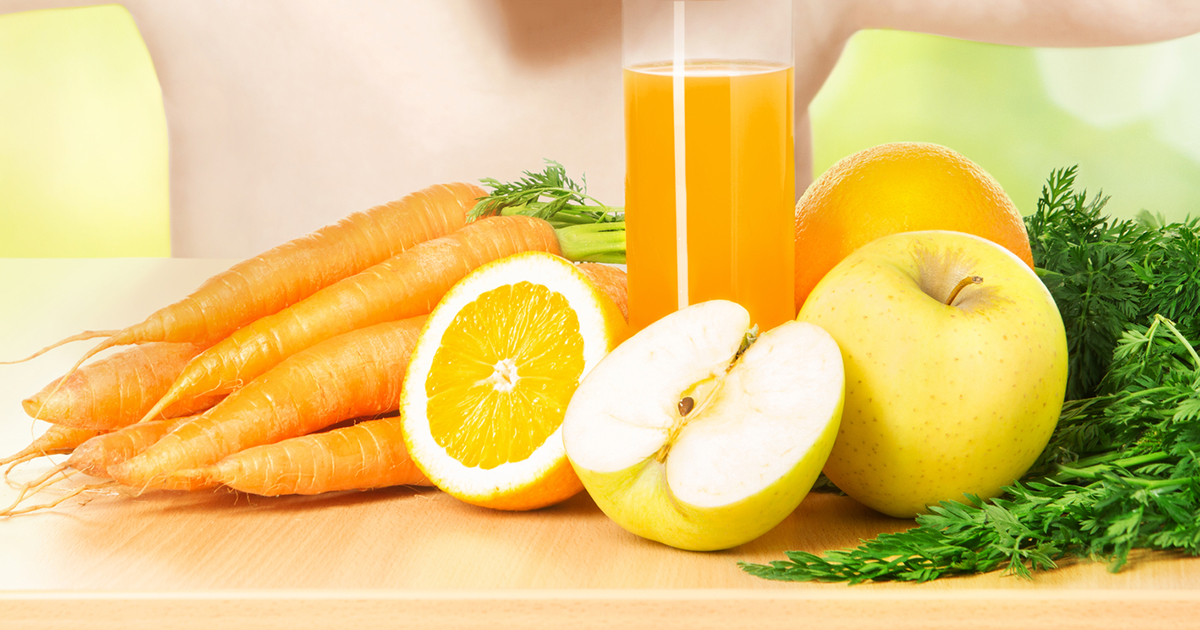
Vitamins C and E are two of the most important antioxidants for skin health. They work together to stimulate collagen production, which is needed to re-grow new, healthy skin after being burned. To speed up the healing process, it is a good idea to supplement with vitamins C and E as well as to apply them topically. Break open a capsule of vitamin C and E and apply it directly to the burn with a cotton ball or warm washcloth.
Aloe Vera
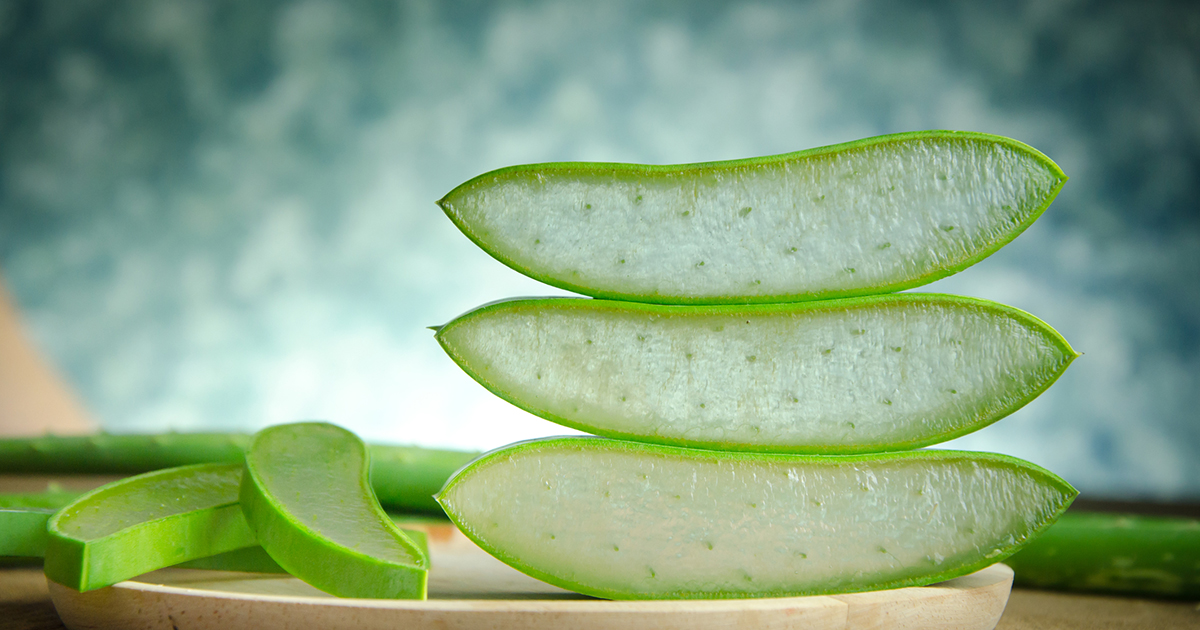
Aloe Vera is typically used to treat sunburns, and it works great on second-degree burns as well. It contains naturally soothing and anti-inflammatory properties to soothe skin, keep it hydrated, and promote healing. Look for a brand that includes only one hundred percent Aloe Vera with no additives that will further irritate the skin. Apply as many times each day as needed. Enhance the healing properties of Aloe Vera by adding a vitamin E or C capsule to the topical ointment.
Cold Compress and Frequent Bathing
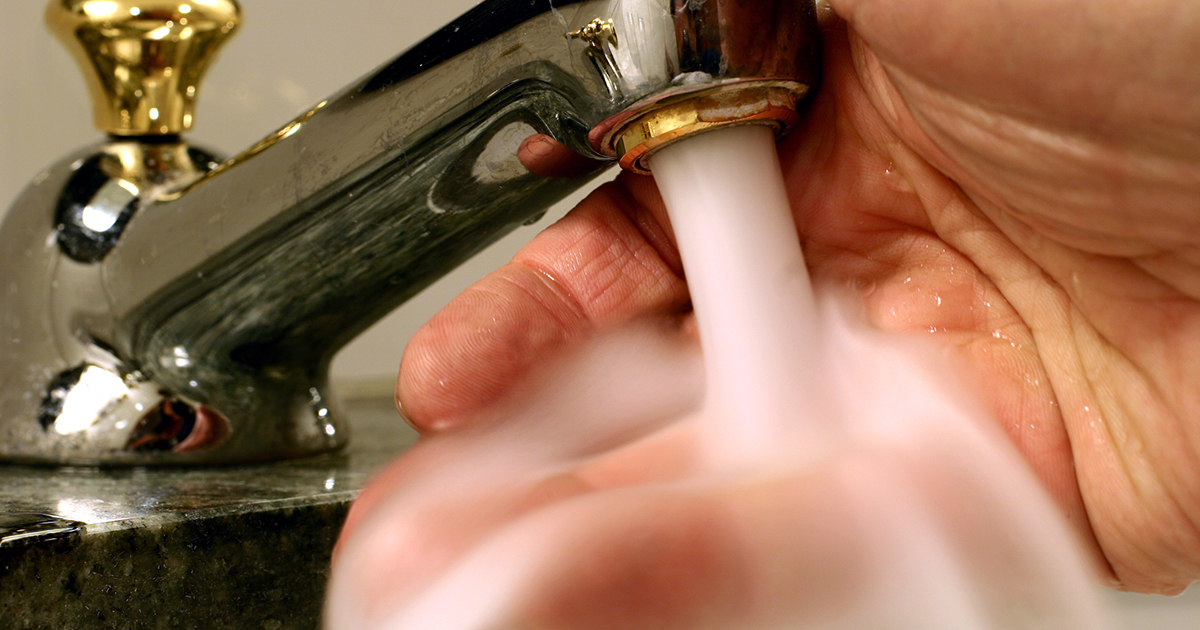
Using a cold compress on the affected area for five to fifteen minutes at a time can help to soothe the inflamed skin. This home remedy will restrict blood circulation which can numb the pain from a burn. Be careful using extremely cold compresses as this may exacerbate the situation, much like ice does. Avoid an overly cold compress by wrapping it in a tea towel or paper towel before applying to the skin. Frequent cool showers, baths, or running cold water over the burned area is highly recommended. Avoid chlorine pools at all costs as the harsh chemicals in the pool can make the burn a lot worse. Running fresh water over the area from a tap or hose for twenty minutes and then washing with soap will lessen the long-term scarring and short-term damage the burn may cause.
Antibiotic Ointment

There are many over-the-counter antibiotic topical ointments available today that can help with burns. Storing a tube or jar of one of these in the medicine cabinet is an excellent idea in case of burns. This type of cream will help to prevent infection as well as reducing the long-term effect of the burn on the area. Applying an antibiotic cream combined with covering the area with cling film or sterile cloth (non-fluffy) is a recommended home remedy for burn by many health professionals. This type of treatment is known as antimicrobial therapy and is a useful short-term remedy that may ensure the burn heals correctly and that no scarring occurs on the affected area. The type of creams that are most effective for preventing and treating burn wound infection and spread include mafenide acetate, silver sulfadiazine, and silver nitrate solution.
Reducing Exposure To Heat And Sun

Heat and sun will make a burn victim uncomfortable due to the hot sensation in the affected area getting warmer due to the environment. Sunburn, a common type of skin burn, is caused by the UV rays from the sun and further exposure to sunlight while burnt can bring on sunstroke, or even melanoma later in life. Workplace burns can make it hard to avoid heat or sunlight. A kitchen worker, for example, should take some time away from the hot oven or fryer if they have suffered burns and consistent cold water needs to be applied to ensure no further damage. Keeping the affected area covered with clothing, cloth, or a cool compress for five to fifteen minutes every half hour will help immensely in keeping the burn away from environmental damage from heat or the sun.
Vanilla Extract, Tea Bags, And Other Common Household Items
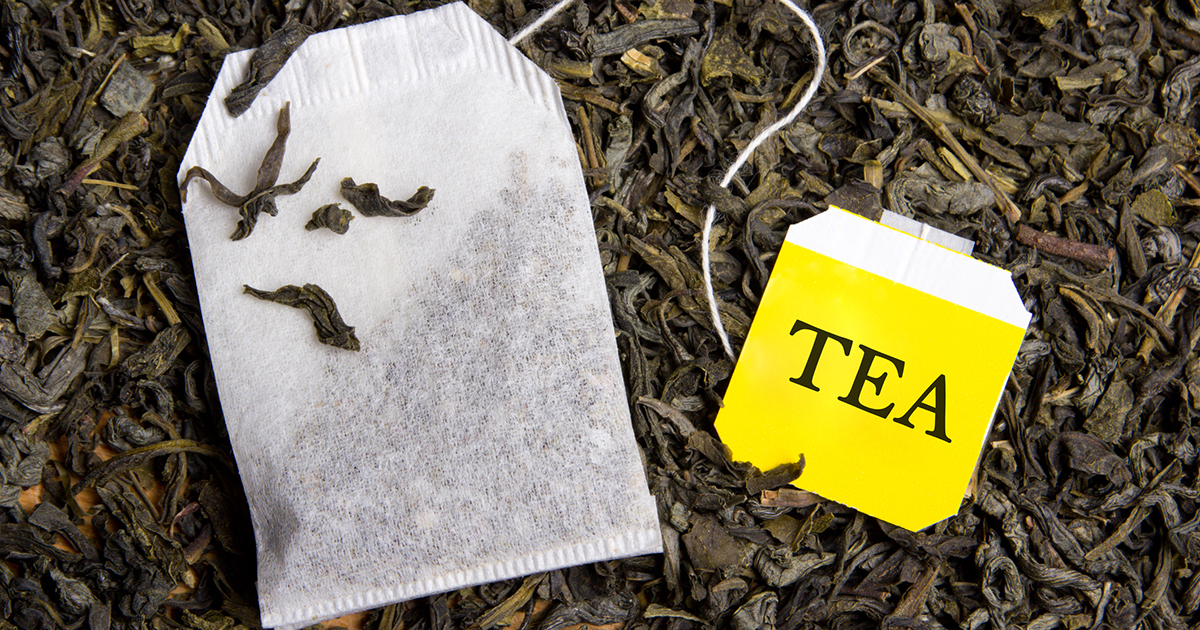
Black tea, specifically, contains tannic acid, drawing heat from the burned area and helping to make it feel less painful. Place three cooled, wet tea bags on the affected area and held in place with gauze or a paper towel, repeat this process at least a few times per day, leaving the tea bags on the area for at least fifteen minutes at a time. Vanilla extract is a great choice for minor burns; using a cotton ball to dab vanilla onto the burned skin will cool it, alleviating pain. Another common household item that is useful for burns is turmeric paste, used for a variety of skin treatments. Turmeric paste is made by grinding turmeric and adding water and flaxseed oil. Applying this paste to the area is one of the many recommended home remedies for burns.
Do Not Reach For Ice
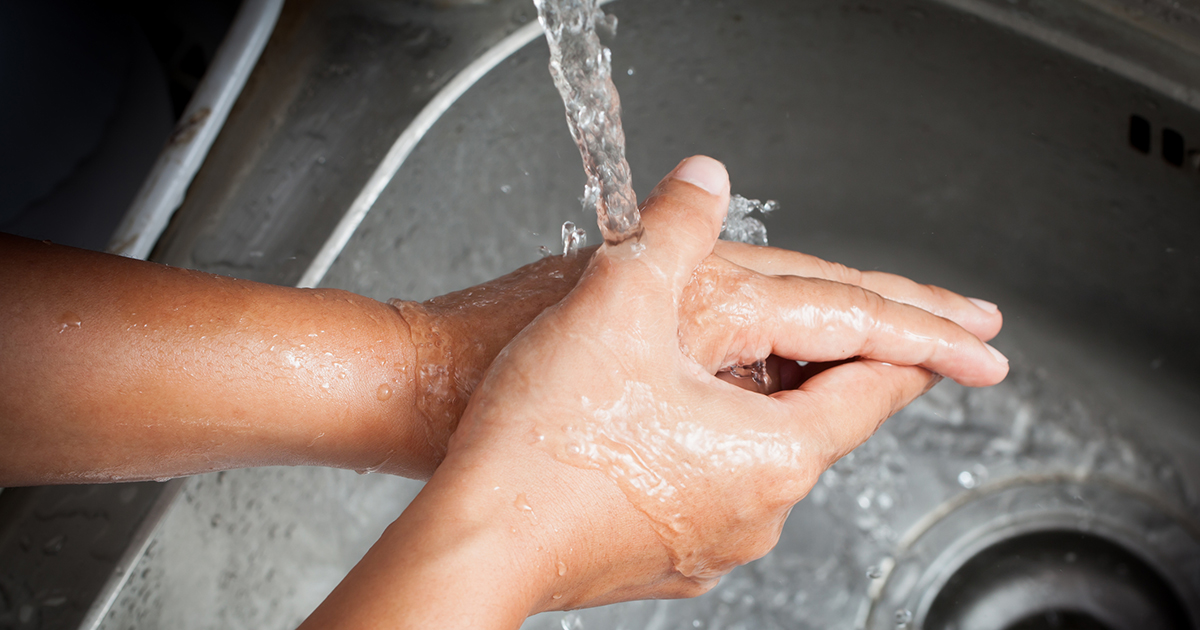
Putting ice on a burn may sound like a good idea, and it may even help the area feel better at the time. However, ice restricts blood flow to the skin, which can further damage tissue by not allowing blood and oxygen to reach the wound. Instead, immediately place the burned area under cold running water and keep it there for twenty minutes if possible. This will help prevent the wound from spreading. The cooling water may also contribute to reducing inflammation.
Other Remedies To Avoid
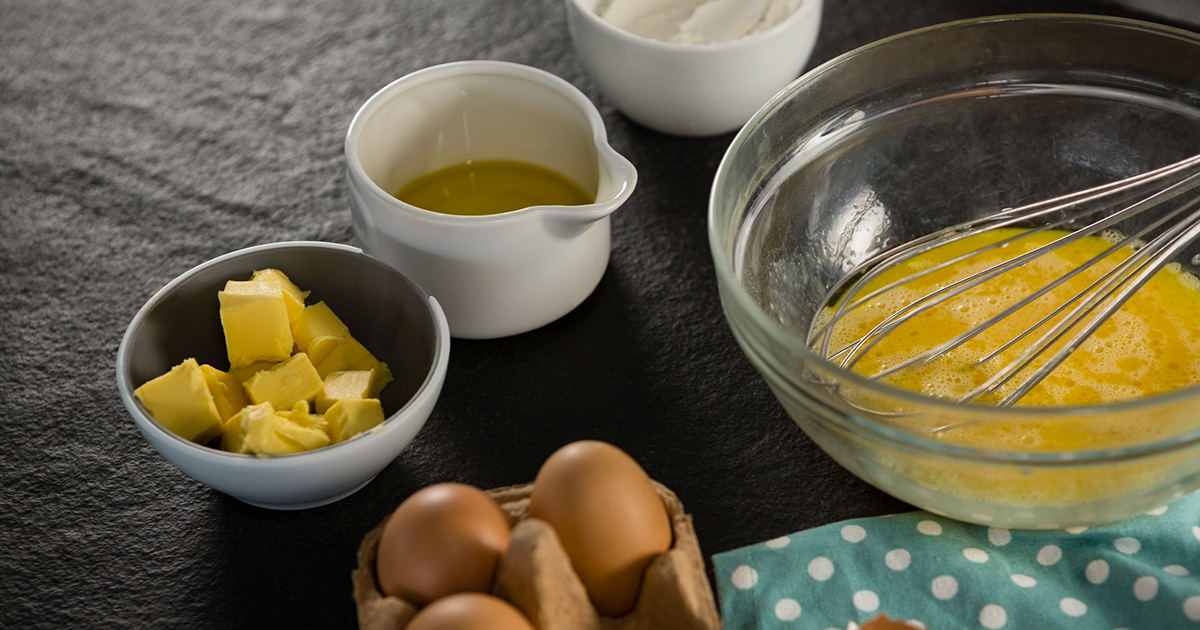
The following home remedies should be avoided for treating burns: butter, cooking oil, egg white, and mint toothpaste. Butter retains heat as well as potentially containing bacteria that can cause further infection. Although cooking oil is excellent for many uses, burns are not one of them because the oil acts similarly to butter and can even cause the skin to continue burning. Egg whites carry a risk of bacterial infection that can make its way into the bloodstream through the burn wound. Some individuals will even find themselves exhibiting an allergic reaction or symptoms to this remedy. Using toothpaste on a burn is considered an old wives' tale that can irritate the wound and create an environment that is ripe for infection. Toothpaste is also not sterile so it should be avoided at all costs while treating a burn.
